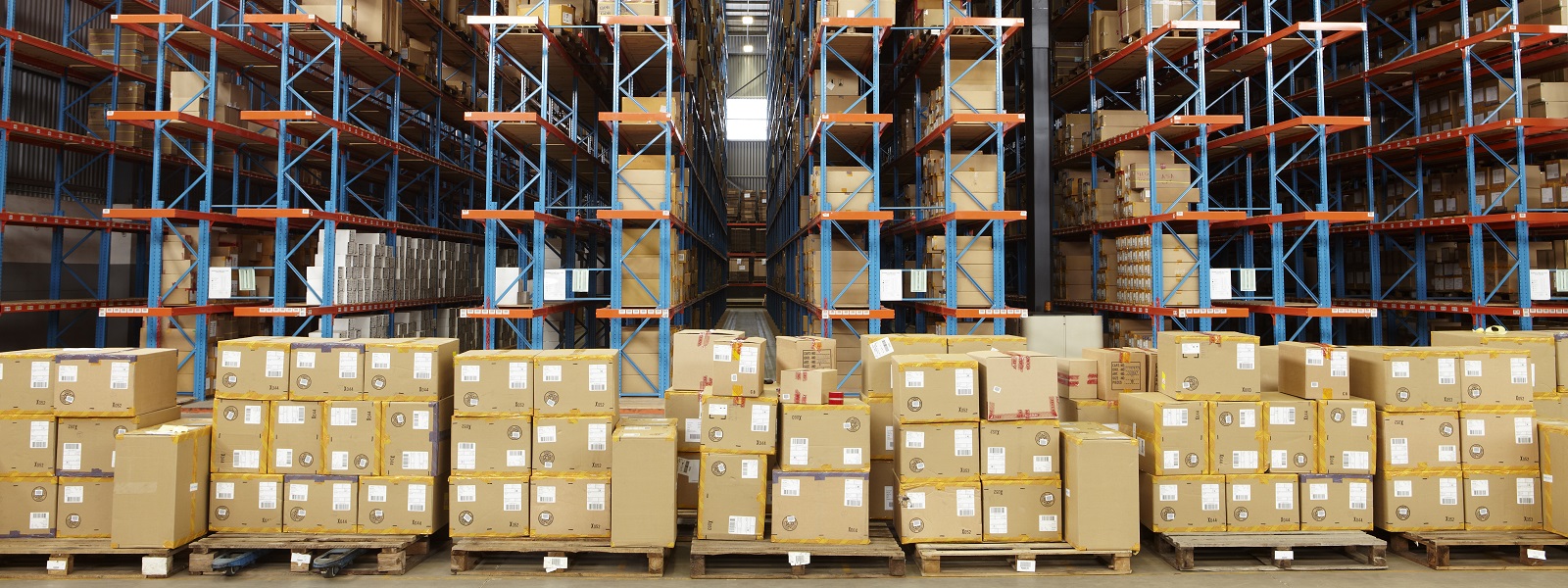With deals valued at US$18.2 billion, Q1 2017 was the fourth-highest quarter in Indian M&A history. This comes on the back of a blockbusting 2016, which saw deal value hit US$66.4 billion—the highest year on record.
Buyers willing to spend big
Despite the continued high value figure, the volume of deals for the quarter is lower than at any time since Q3 2014. This suggests that companies are proceeding cautiously to find the right match for their business and have the confidence to pay the higher valuations for such opportunities.
Domestic deals accounted for 85% of Indian M&A in the first quarter of the year, with Indian companies spending US$15.4 billion to buy Indian companies. The largest deal of the quarter was the US$12.7 billion merger agreement between telecommunications firms Idea Cellular and Vodafone India, which, upon closing, would create India’s biggest telecoms operator.
This accent on domestic business marks a substantial change from Q4 2016, when foreign buyers accounted for 77% of deal value and spent US$16.5 billion. Inbound value in Q4 was driven, in large part, by one major purchase in the energy, mining and utilities (EMU) sector as industry giants Rosneft and Trafigura alongside Russian-based private equity firm United Capital Partners came together to agree to buy 98% of Essar Oil for US$12.6 billion. This all-cash deal highlights the potential opportunities in the Indian energy market. Crude consumption growth will be faster in India than in any other country through to 2040, according to Bloomberg.
TMT takes the throne
While the EMU sector was boosted by the influx of Russian capital, it is the technology, media and telecommunications (TMT) industry that has the lion’s share of the current Indian M&A market activity. And TMT started 2017 by reasserting itself as the most active sector for value, accounting for nearly 80% of the market. The aforementioned Vodafone/Idea deal made up much of the value. An equally interesting transaction saw Microsoft, eBay and China’s Tencent invest US$1.4 billion in Flipkart, India’s leading online superstore.
The TMT sector is vitally important to India, not only for the M&A market but as a source of innovation and employment. The country is currently home to the third-largest number of technology start-ups in the world (behind only the UK and US). Meanwhile, looking ahead, a report from a trade body, The National Association of Software and Services Companies (NASSCOM), stated that, by 2020, more than 11,500 start-ups are expected to be established in India, generating employment opportunities for more than a quarter of a million people.
The telecom sector in particular is being driven by competition and pricing pressures in an environment where many of the well-established players have been squeezed by high prices they paid to acquire expensive spectrum and falling usage charges. The launch of Reliance Jio, backed by the deep-pocketed conglomerate Reliance Industries Ltd., and its offer of virtually free voice and data access, has forced some of the biggest players to reconsider their economic model and given rise to a period of industry consolidation that is still playing out in India.
PE making progress
Private equity buyouts in India also hit record heights in 2016. There were 105 deals worth US$13.1 billion—the highest buyout value on Mergermarket record. As with the M&A market, TMT was the dominant sector. In August, Blackstone completed its acquisition of a 76% share of IT services provider Mphasis for US$1 billion—one of the biggest PE buyouts in India’s history.
The first quarter of 2017 has been stable, with 19 deals valued at US$2 billion—down 27% and 7% respectively, year-on-year. KKR’s acquisition of a 10% minority stake in telecom operator Bharti Infratel for US$948 million in March was a notable TMT deal in the first quarter.
The PE industry in India continues to evolve and expand as the country continues to ease regulations and welcome investment. However, the PE Industry remains constrained by regulatory restrictions on leveraged buyouts.
Business boosted by Modi
Overall, business conditions have been improving in India in recent years, enabling the country to record a growth rate that is among the highest in the world: The IMF recently retained the country’s GDP growth projection of 7.2% for 2017-2018.
Prime Minister Narendra Modi set a clear, pro-business direction for policy, which has helped to establish the right sentiment for growth. The government’s focus on fiscal discipline, controlling inflation and improving the corporate tax regime and the overall regulatory environment have set the stage for a sustained growth trajectory for the Indian economy. In addition, as one of the biggest importers of oil, the country has benefitted significantly from the low oil prices in the international market.
Other structural reforms undertaken by the government have set the foundation for continued growth over the long term. These include the introduction of a unified country-wide regime for taxing goods and services, introduction of a comprehensive framework governing bankruptcies, improvements in the dispute resolution system and an emphasis on reducing the pervasive corruption and black money in the system. Recent and unexpected replacement of high-value currencies with new currencies brought short-term economic upheaval, but the worst appears to be over and the new system is likely to increase transparency and stability and strengthen investor confidence over time.
Corporate distress could be a continuing factor affecting Indian M&A in coming years. Companies in a number of sectors—including the energy, mining and utilities; infrastructure; and financial sectors—face balance sheet challenges and may turn to M&A markets. However, distress could also put a damper on activity if large corporations with high leverage and lenders with significant distressed loans are unable to clean up their balance sheets quickly enough to kick-start a new cycle of lending and investments.
Rise of populism to hit deals?
India’s next national elections are due in 2019, and campaigning is likely to begin in 2018. The outcome could affect Indian M&A, particularly if India takes a populist turn as many countries in the West have done. The Indian version of populism is different from that seen recently in the West. Immigration into India is not a major factor and, if anything, India has benefitted from globalization. Religious populism is a recurring trend in India, particularly before elections. Economic populism manifests itself through government handouts, such as subsidies and loan forgiveness, in favor of political vote banks.
Prime Minister Modi has recently moved in this direction, as seen in his and his party’s words and actions during the local elections in the State of Uttar Pradesh, the most populous and a bellwether state in the country, which Modi’s party won convincingly. He won the last national election with a pro-business, economic reform agenda and has doggedly pursued reforms aimed at driving growth. On the other hand, he has not been able to deliver on all his promises, including large-scale job creation that the country needs to absorb a million new entrants per month in the job market. Modi may face pressure to embrace populism in his re-election bid, and that could result in policies that negatively affect the economy and business.
Indian M&A faces some challenges, many of them from highly unpredictable Indian politics, but the likelihood is that the streak that kicked off in 2016 will continue through 2017, if not longer.





